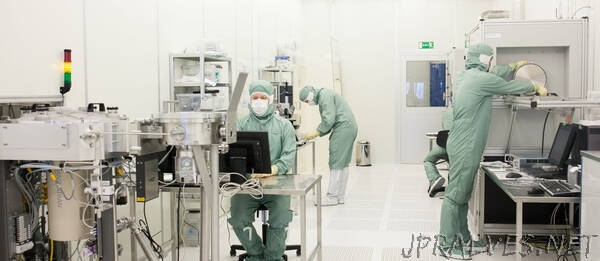
“A new project funded by the European Commission through the Horizon 2020 Programme aims at developing optical nano-antennas as cost-effective solar energy harvester for a greener future.
Most energy sources we use today have low efficiency, rely on non-renewable resources and cause severe damage to our planet by contributing to global warming. GreEnergy envisions the use of the cleanest energy source available: the sun. The sun is the world’s most powerful and abundant energy resource, and offers a nearly unlimited supply of energy to our planet. However, according to the Joint Research Centre (JRC), current solar photovoltaics (PV) produce roughly 4% of the world’s electricity, due to their low efficiency and relatively high costs.
GreEnergy’s ambition is to define a new paradigm in the field of solar energy harvesting, by prototyping a self-powering system based on optical nano-antennas which can harvest solar energy, rectify the AC signal and use it to charge a micro-supercapacitor. The targeted overall efficiency of the demonstrators is around 20-40%, which is competitive with respect to the state of the art. In addition, the maximum theoretical efficiency of GreEnergy’s approach is much above the theoretical limit of a single PV cell efficiency, leaving ample room for further technological improvements.
GreEnergy’s cost-effective solar energy harvesters might change the energy market dramatically. The on-chip self-powering mechanism will allow realizing smart devices that never need to be charged from an external power supply – like wearable outdoor devices, structural-monitoring sensors for vehicles and infrastructures, or environmental sensors. Furthermore, GreEnergy’s proof-of-concept demonstrators will advance the scientific knowledge in the field of solar energy harvesting at large – with potential implications also for energy providers and solar cells companies – and help reducing the dependency on toxic fossil fuels.
Coordinated by Chalmers University of Technology, GreEnergy is a four-year interdisciplinary project that builds on the expertise of four top-level universities, one research centre and three specialized SMEs coming from 6 different countries, including Chalmers University of Technology (Sweden), Aalto University (Finland), AMO GmbH and IHP – Innovations For High Performance Microelectronics (Germany), NOGAH PHOTONICS Ltd (Israel), SCIPROM Sàrl (Switzerland), Università Politecnica delle Marche and Università di Udine (Italy).
“With GreEnergy we want to demonstrate that it is possible to harvest solar energy more efficiently and at lower cost than what is currently done with photovoltaic cells”, says the project coordinator Prof. Per Lundgren, from Chalmers University of Technology. “It is a real challenge to rectify electromagnetic waves at optical frequencies into a DC current for energy storage and management. This is something we intend to achieve with the coordinated design of the antenna, the rectifier and of the energy storage device for optimal integration. Such an integrated technology has no precedents and will represent a fundamental change in the way that solar energy can be harvested.””
